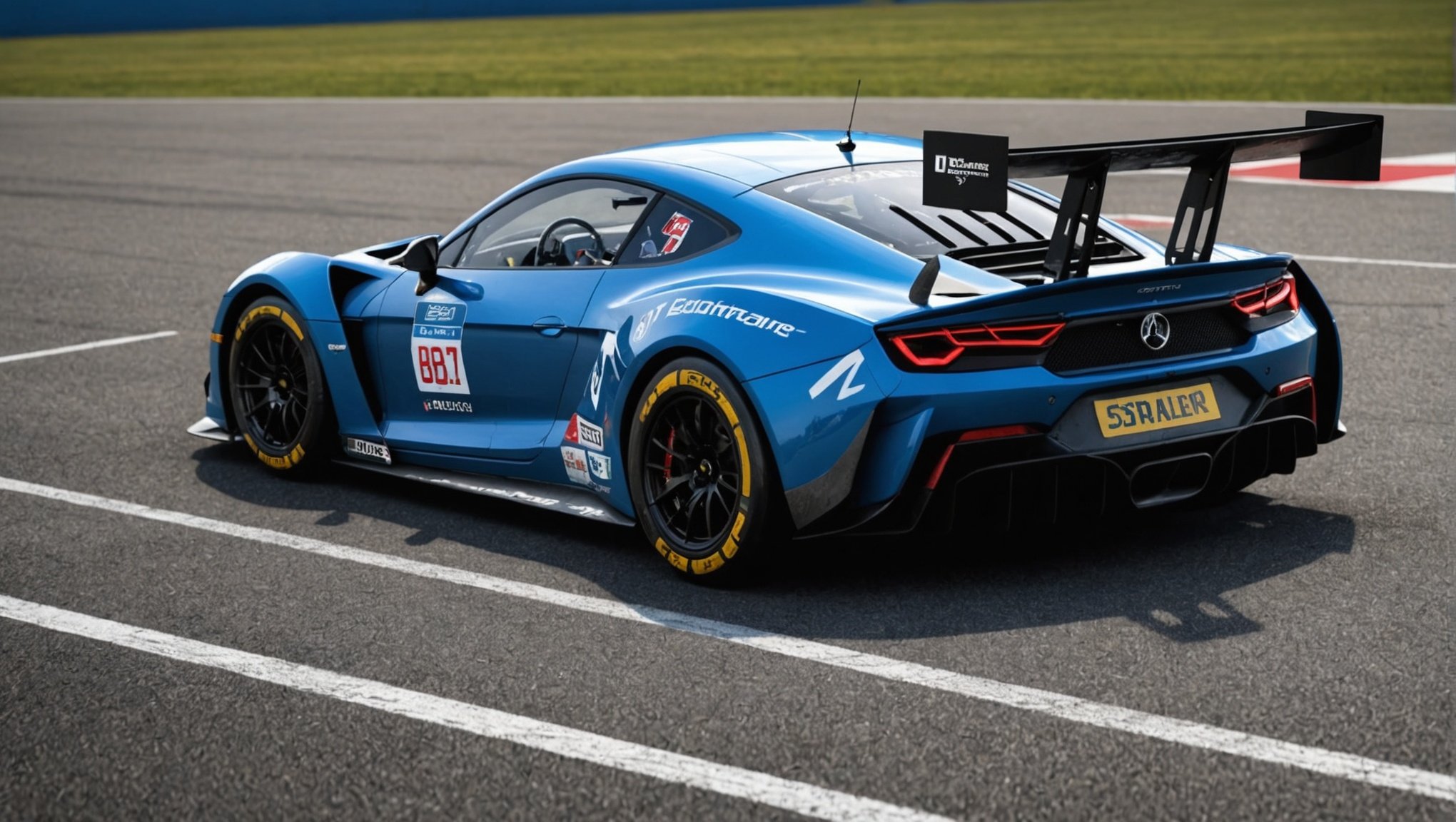Understanding Damage Modeling in Racing Simulations
Damage modeling is a crucial component in improving the realism of racing simulations. By simulating how vehicles interact and respond during collisions, developers can create more immersive and engaging experiences. Key to this process is the application of vehicle physics, which dictates how a car behaves under different conditions, including acceleration, turning, and, significantly, when damaged.
Key Principles of Vehicle Physics
Vehicle physics in racing simulations encompasses various factors, such as mass distribution, tire friction, and aerodynamics. These elements are vital for damage modeling because they determine how a vehicle will react during high-speed impacts or collisions. When integrated effectively, these principles ensure that damage modeling reflects realistic outcomes, such as bent chassis or aerodynamic instability, enhancing the authenticity of the simulation.
In the same genre : Key Factors for Integrating Real-World Weather Data into Sports Simulation Games
Impact of Realistic Damage
Introducing realistic damage not only affects the visual aspect of the game but also reshapes gameplay dynamics. Players must adjust strategies and driving techniques, learning to handle impaired vehicles. This adds a layer of depth and realism that enhances user engagement. Moreover, the challenges posed by damage modeling push players to hone their skills, making each race unique and competitive.
Technical Aspects of Authentic Damage Models
Authentic damage models rely heavily on technical modeling, requiring well-structured software tools and robust programming practices. These models are essential for delivering realistic experiences, especially in gaming and simulation sectors.
In parallel : Enhancing Tactical Shooter Gameplay: Strategies for Developers to Create More Realistic Enemy Behaviors in AI
Software Tools for Damage Modeling
The choice of software tools is pivotal to the accuracy of damage models. Tools like Blender and Maya offer extensive features for detailed modeling, while specialized software such as Houdini is renowned for its procedural modeling capabilities, particularly in visual effects. Leveraging these tools requires a solid understanding of technical modeling principles to accurately depict damage scenarios.
Programming Languages and Frameworks
Selecting the right programming languages and frameworks is crucial for developing and optimizing damage models. Python and C++ are often recommended due to their flexibility and efficiency in handling complex computations necessary for technical modeling. Frameworks like Unreal Engine and Unity provide powerful libraries and support, facilitating smoother development and innovation in damage modeling techniques.
Integration into Game Engines
Integrating damage models into game engines involves strategic use of available plugins and extensions. Common game engines, such as Unreal and Unity, offer extensive documentation and community support. For successful integration, developers should focus on maintaining seamless interaction between damage models and other game components. This ensures that the authentic damage effects complement the overall gaming experience effectively.
Design and Aesthetics of Damage Representation
The visual design of vehicle damage plays a crucial role in enhancing player immersion in racing games. Techniques like artistic rendering are pivotal for creating realistic damage aesthetics. These techniques focus on mimicking how vehicles degrade and deform in real life, involving detailed textures and dynamic lighting.
In crafting a believable experience, the importance of particle effects cannot be overstated. Particle effects such as sparks, smoke, and debris contribute significantly to the realism of damage aesthetics. These effects simulate minor impacts and give players a more tangible connection to the action on screen. Additionally, sound design complements visual cues by replicating the harsh grinds and crashes characteristic of high-speed collisions, making the damage portrayal more convincing.
Successful implementations in top racing games offer insightful case studies. Games like “Forza Horizon” and “Gran Turismo” have set benchmarks with their innovative visual design and attention to detail. These titles utilize advanced physics engines to further enhance the realism of damage aesthetics, allowing for nuanced particle effects and immersive soundscapes. Such attention to detail not only elevates the player experience but also showcases the artistry involved in game development.
User Experience and Feedback Mechanisms
Understanding user experience is pivotal in crafting immersive racing simulations, particularly regarding damage modeling. User feedback serves as a critical mechanism in refining the realism of gameplay. This feedback often highlights discrepancies in how damage is perceived versus how it feels, pointing developers toward areas for enhancement.
There are several techniques for gauging player experience in damage perception. Methods such as surveys, where players rate realism on a scale, or real-time telemetry data that captures player reactions as they experience in-game collisions, can provide valuable insights. These methods together help developers understand how players perceive damage events during gameplay.
Effective feedback systems are exemplified by certain racing simulations which have implemented systems allowing on-the-fly damage assessments. These not only inform players of their car’s condition but also adjust visual and auditory cues that enhance gameplay realism. For instance, dynamic deformation visuals paired with accurate sound effects when a car crashes improves immersion.
Feedback systems are indispensable for bridging the gap between real-world driving experiences and virtual simulations. Through iterative improvements based on user input, developers can enhance the authenticity and satisfaction of damage modeling, ultimately enriching the overall player experience.
Case Studies in Successful Racing Simulations
Examining successful simulations within the racing game industry offers valuable insights into cutting-edge techniques and innovations.
Analysis of Popular Racing Games
Understanding premier racing titles’ success often involves examining intricate game mechanics and realistic physics engines. Racing games such as “Gran Turismo” and “Forza Horizon” have pioneered the simulation genre, focusing on lifelike handling and track realism. These popular games integrate precise damage modeling techniques to heighten realism and player immersion.
Lessons Learned from Game Development
The journey of game developers is filled with challenges that offer invaluable lessons. A significant focus is on balancing realism and player engagement. Developers in successful studios often iterate repeatedly, fine-tuning vehicle dynamics and graphics. This process leads to advancements in engine design, AI opponents, and track rendition, shaping the evolution of racing simulations.
The Evolution of Damage Modeling Techniques
Damage modeling has undergone substantial transformation over the years. Initially rudimentary, techniques have advanced, allowing for sophisticated models where vehicle behavior and appearance change in real-time after collisions. Insights from developers highlight the complexity of simulating accurate physics and visuals. The gaming industry continually pushes boundaries, striving for effects that reflect both visual impact and the practical implications on handling, enhancing user experience dramatically.











